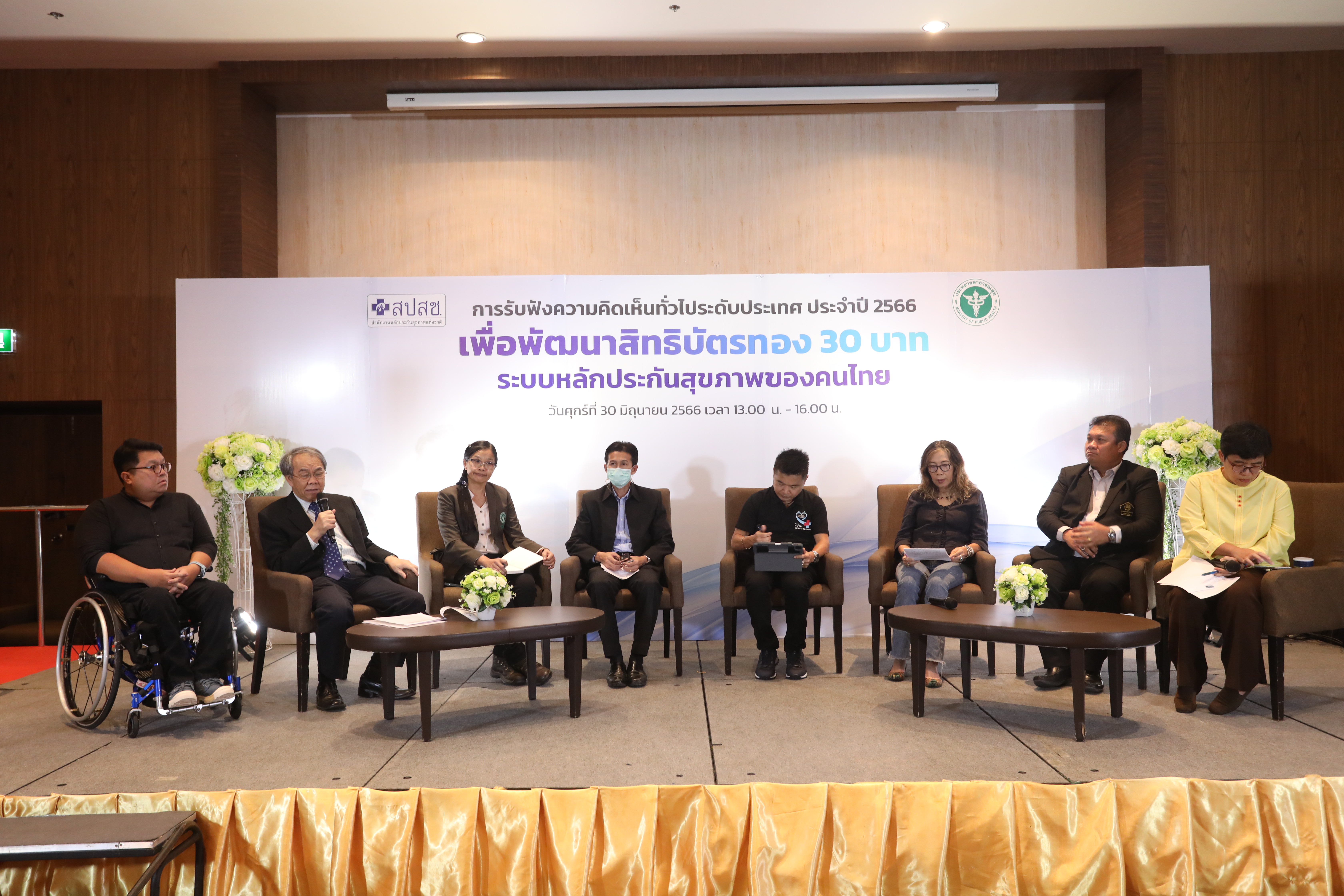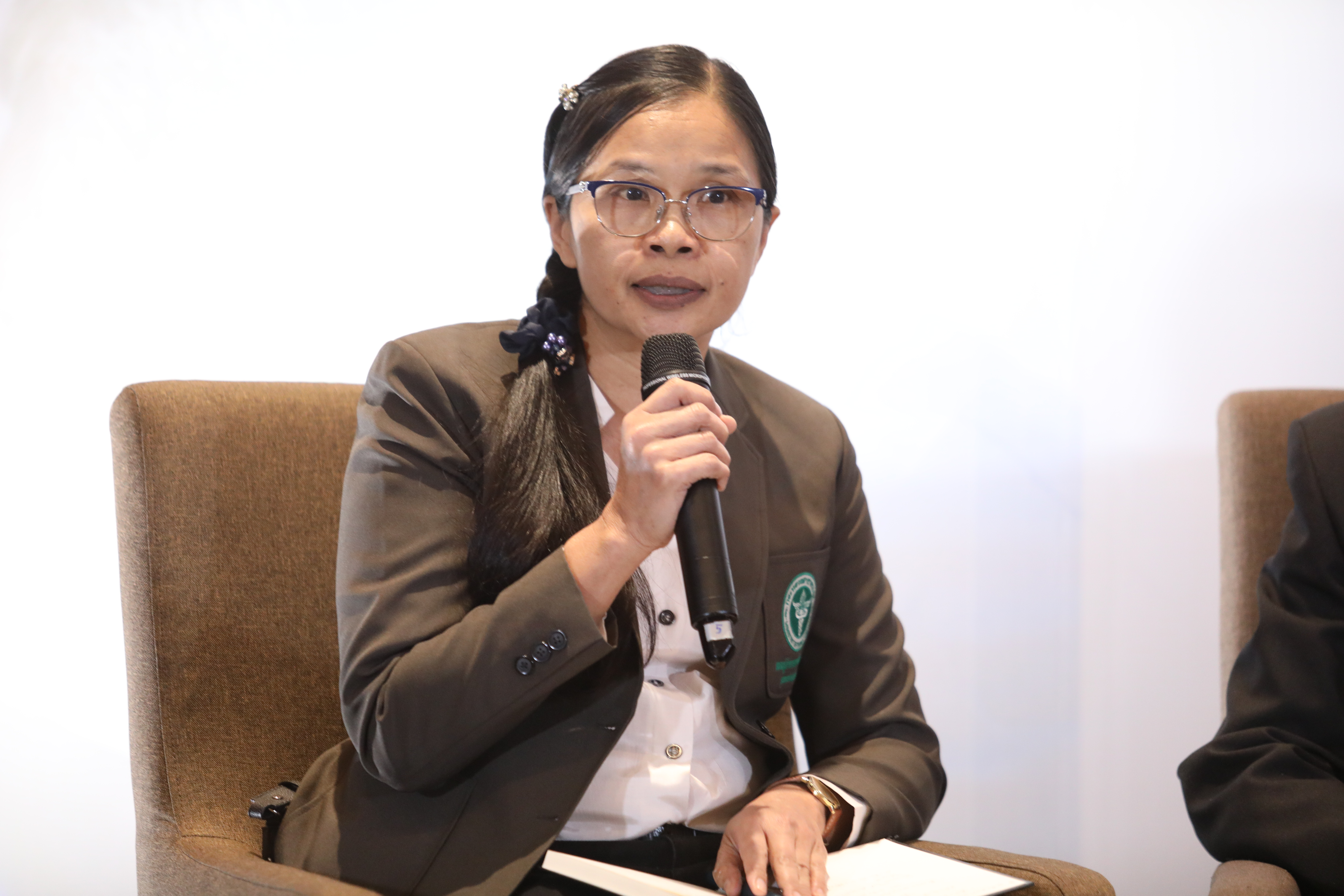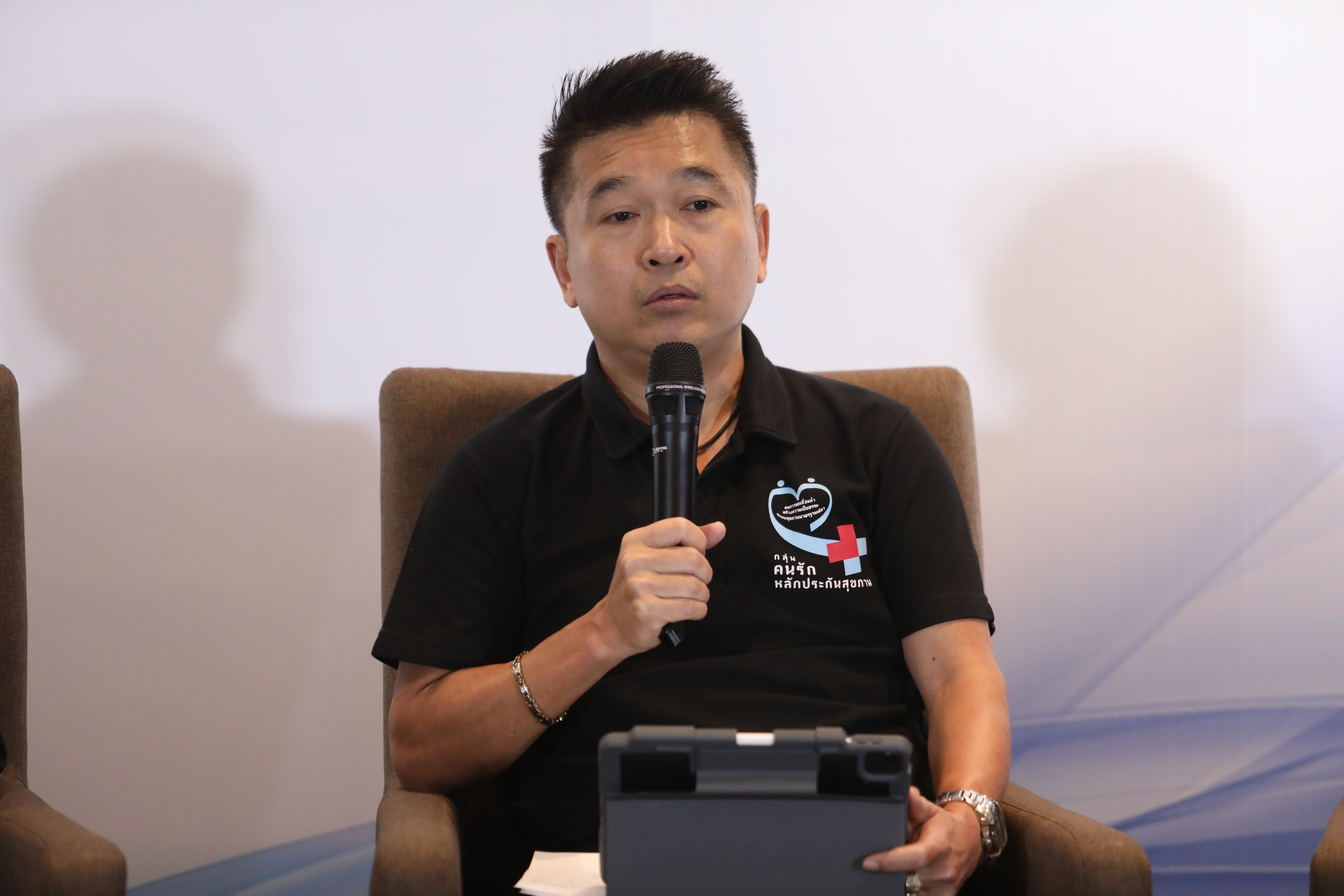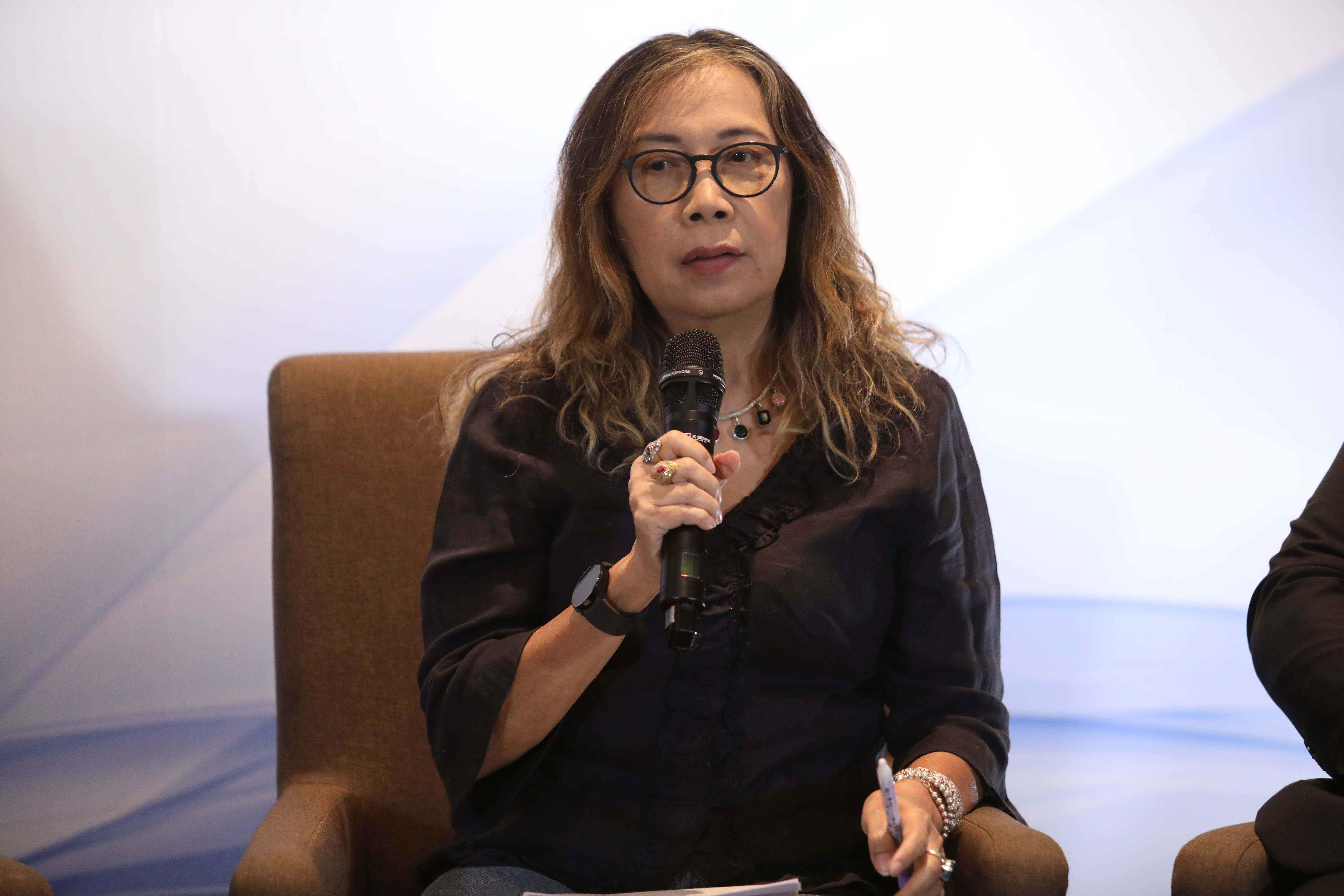
- Home
- DescriptionNews
P&P access requires people empowerment

P&P access requires people empowerment
Improving access to health promotion and disease prevention services requires people’s empowerment and engagement in taking care of their and community members’ health.
On 30 July, the National Health Security Office (NHSO) held a seminar titled “How to make health promotion and disease prevention (P&P) services accessible for everyone?” as part of its public hearing to gather ideas for improving the Universal Coverage Scheme (UCS).
P&P is a crucial element of the health system that reduces the health and disease burden while improving the health and well-being of the population.

Dr Wiwat Rojanapithayakorn, a health policy advisor from the Faculty of Medicine, Ramathibodi Hospital, said during the event that many diseases are caused by lifestyle, behaviors, and cultures and are preventable with behavioral changes.
This leads to the increasing emphasis on P&P in the health system, which can’t rely on excellent medical treatment alone.
“Health promotion is comparable to building a strong foundation for a house. Disease prevention is like building a protective wall to guard the house from dangers,” he said.
“The combination of both leads to people’s strong health. Both state and people have a responsibility in the P&P program.
The state has a role in providing the services to the people, and they must be responsible for taking care of their health.”
An example of P&P program is the encouragement of lower sodium intake from 4,000 milligrams to 2,000 milligrams daily to prevent kidney disease while helping the state save the health budget by providing dialysis treatments.
There are 111 P&P services included in the UCS benefits package, and the number will continue to grow. However, many people are not aware of their eligibility to get these services free of charge.
Dr Wiwat suggested that five measures must be taken to promote P&P. First, increase public awareness of their healthcare rights and the availability of services.
Second, instill a mindset among medical professionals that providing P&P is as important as treatments. Third, ensure convenient and prompt access to the services.
Fourth, establish a health system that allows people to access P&P in every health unit. Finally, implement proactive community-based P&P services.
Room for improvement

From the perspective of a health service provider, Dr Ratchaporn Seela, the Director of Nong Hi Hospital in Thailand’s northeastern Roi Et province, said that her hospital staff found large benefits from providing P&P services along with medical treatments.
With around 26,000 people under care, Nong Hi Hospital forms a network with six primary care units in the area, allowing people to access the services at the sub-district and village levels.
Dr Ratchaporn suggested that there is room for improvement in the country’s P&P services.
Utilizing different technologies and health data linking needs to be addressed to ensure citizens’ access to information about their health rights, while health providers can obtain patients’ health records to improve the effectiveness of health services.

Bandit Tangcharoendee, Director of Bueng Yitho Health and Rehabilitation Center in Pathum Thani province, suggested that awareness raising is needed to have people engage in P&P.
For example, they should be aware of the benefits of physical exercise and healthy diets.
“Merely providing access to health benefits without promoting awareness might not lead to successful P&P.
The focus should be on both granting rights and creating awareness, allowing citizens to understand what they need to do.”
Public participation

Apiwat Kwangkaew, the President of the Thai Network of People Living with HIV/AIDS, believes that the most effective way to promote P&P is to place the power in the hands of the citizens — who should actively take the lead in taking care of their health and engage in the decision-making process.
This could be done through various channels, including community and patient networks.
During the COVID-19 pandemic, community networks played a crucial role in tracking and tracing coronavirus cases when the healthcare system was under constraint.
This shows that if people are empowered and strengthened, they can become a strong support to enhance the health system, said Apiwat.

Chonlada Boonkasem, the officer in charge of the NHSO’s complaint channel in Phra Nakhon Si Ayutthaya province, believes that citizens can play a significant role in seeking target groups needing P&P services at the community level.
She cites an example of the collaboration between a health provider and a civil society group in searching for pregnant women in factories and offering them pregnancy care.
The community also plays a crucial role in monitoring and care the elderly to reduce fall risks.
"Collaboration among the three parties is necessary — health providers, local government, and civil society — to sustain P&P services. When they work together, people can access the services effectively because the role of the community improves access in various groups,” said Chonlada.
“A network of volunteers and mechanisms to look after the people, as well as the constant communication with the target groups, can engage them in P&P services — which is not only about their health but also about understanding their context, way of life, and risks.”

